How to choose the right cat deterrent
Finding a decent cat deterrent isn’t easy. There are literally hundreds of different methods out there; however, only a select few will yield positive results. In most circumstances you’ll have to try out quite a few different types to find one which will work effectively.
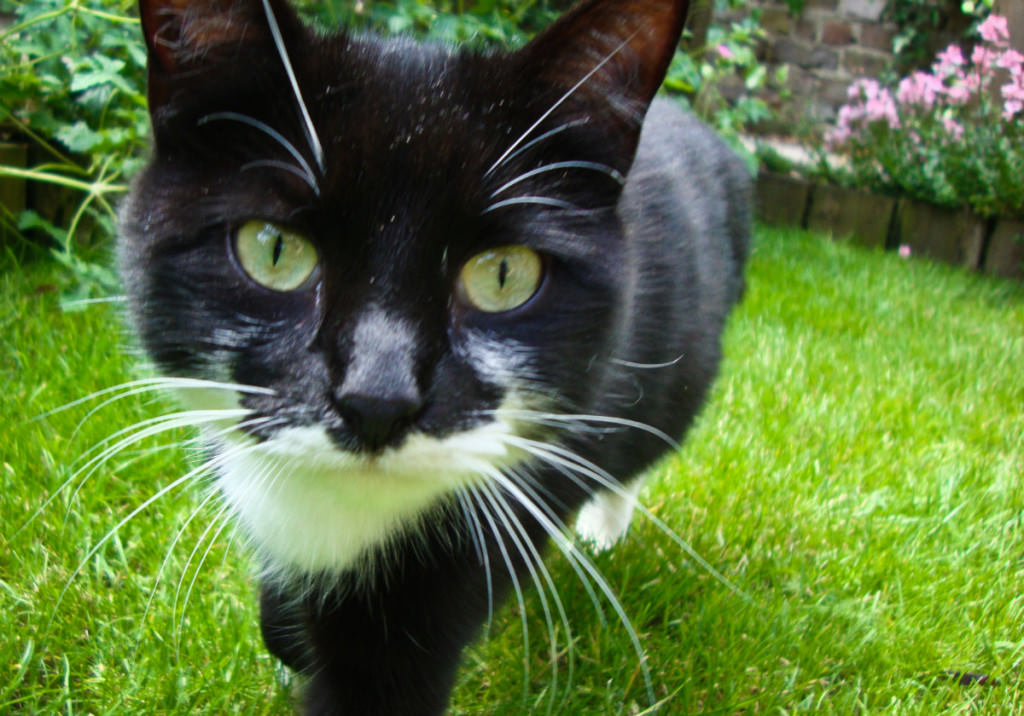
This guide is designed to help you decide which method is right for you by summarising the positives and negatives of the most commonly used cat repellents.
Ultrasonic Sound
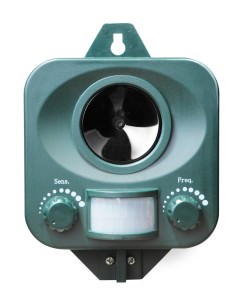 The most common form of cat repellent is the ultrasonic sound wave. These devices are usually either solar or battery powered and will scare off cats with a high-pitched noise whenever they come close to your plants. One of the primary benefits of using this method is that it causes absolutely no harm to the animal, unlike chemical based products.
The most common form of cat repellent is the ultrasonic sound wave. These devices are usually either solar or battery powered and will scare off cats with a high-pitched noise whenever they come close to your plants. One of the primary benefits of using this method is that it causes absolutely no harm to the animal, unlike chemical based products.
Most ultrasonic sound repellents will activate whenever a cat is within a certain radius of the device – usually 1-2 metres. The high-pitched noise is inaudible to most humans; however, those who can hear it will only hear a faint tone in the background.
Most people opt to purchase solar powered devices because most ultrasonic cat repellents don’t have a battery life indicator; therefore, it can be difficult to tell when they are drained. The only issue with a solar powered device is that they must be placed in an area that gets regular sunlight exposure; otherwise they may not work at all.
Repellent Sprays
If you’re looking for an indoor cat repellent, sprays are without a doubt the best option. They usually contain scents that cats dislike, such as lemon or lavender. These sprays can be used in places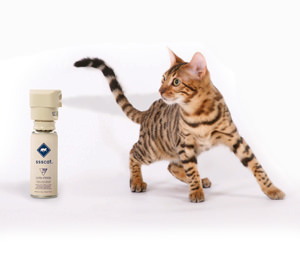 that cats regularly mark or go toilet. The smells, while pleasant to humans, is horrible for cats. They will also linger around for days. This will discourage cats from approaching sprayed areas in the first place.
that cats regularly mark or go toilet. The smells, while pleasant to humans, is horrible for cats. They will also linger around for days. This will discourage cats from approaching sprayed areas in the first place.
While cat sprays aren’t a permanent solution, after time cats will often simply stop using the affected spot out of habit. In addition, sprays are generally the cheapest and most widely available cat repellent.
Warning: before you purchase any cat repellent spray, make sure that they contain only natural chemicals. Prolonged exposure to certain commercially manufactured chemicals could cause rashes and hair loss. In addition, perform a spot test to ensure they won’t stain your carpet or furniture. Even clear products may discolour certain fabrics.
Repellent Plants
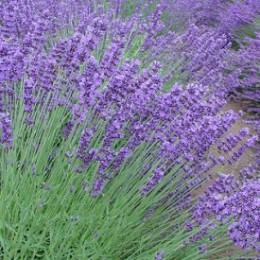 Cat repellent plants can be used both indoors and outdoors. There are certainly plants that cats hate. By planting these plants in problem areas of your garden or placing them in an indoor plant pot, you can keep cats well away from the affected area. Such plants include; curry plants, lavender, citrus plants and rosemary.
Cat repellent plants can be used both indoors and outdoors. There are certainly plants that cats hate. By planting these plants in problem areas of your garden or placing them in an indoor plant pot, you can keep cats well away from the affected area. Such plants include; curry plants, lavender, citrus plants and rosemary.
It’s worth noting that not all repellent plants will work on every cat. Certain breeds aren’t affected by curry plants for example. Repellent plants aren’t really worth using unless you already know which type will deter problem cats. This is because they can take a long time to grow and require a significant amount of attention since most of them are native to Mediterranean areas.
Warning: always check with your local garden centre whether or not the repellent plant will affect your other plant life. Some species may react with other nearby plants in strange ways and cause them to die. Certain plants are also considered weeds and may be difficult to remove once the problem has been solved.
Natural Oils
Natural oils can be used to make eco-friendly repellent sprays.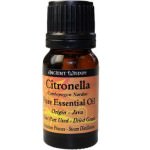 If you combine one part natural oil with four parts water and shake it up in a bottle, it creates a natural cat repellent spray that can be used on virtually any material.
If you combine one part natural oil with four parts water and shake it up in a bottle, it creates a natural cat repellent spray that can be used on virtually any material.
To find out which natural oils your cat dislikes, simply undo the tops and place them under your cat’s nose. If they flinch or move their head away from the bottle, they probably won’t like it. While using natural oils can be effective, you may need to experiment with the ratio of dilution.
Baby Gates
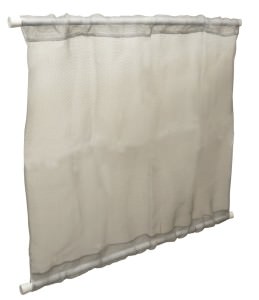 If you don’t want your kittens venturing upstairs or into certain rooms in your home, place a baby gate on the door. While most adult cats will be able to jump over them with ease, they are ideal for smaller cats that are still developing and aren’t capable of high jumping.
If you don’t want your kittens venturing upstairs or into certain rooms in your home, place a baby gate on the door. While most adult cats will be able to jump over them with ease, they are ideal for smaller cats that are still developing and aren’t capable of high jumping.
Make sure you get a baby gate that has small gaps to prevent them from squeezing through. If you already have a baby gate that has wide bars, you could place netting over it instead. In fact, many pet stores will contain netting that’s specifically designed for keep away cats.
Netting and Chicken Wire
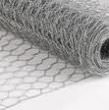 Netting and chicken wire is perfect if you’re trying to keep cats away from home-grown produce, such as fruit and vegetables. Covering the plants with netting can keep out felines, yet provide sunlight and flexible growth space.
Netting and chicken wire is perfect if you’re trying to keep cats away from home-grown produce, such as fruit and vegetables. Covering the plants with netting can keep out felines, yet provide sunlight and flexible growth space.
While chicken wire shouldn’t be used to cover plants themselves, laying it across the ground between or surrounding problem areas can significantly help. Cats hate walking on chicken wire because of how uncomfortable it is on their paws and will generally try to avoid areas that have it on the ground.
Spikes
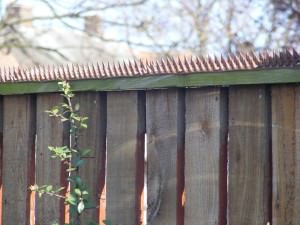 Spikes are often used on top of fences or walls to prevent cats from climbing over them. They are usually made from plastic and will be sharp enough to cause discomfort, but blunt enough to ensure the cat doesn’t get hurt.
Spikes are often used on top of fences or walls to prevent cats from climbing over them. They are usually made from plastic and will be sharp enough to cause discomfort, but blunt enough to ensure the cat doesn’t get hurt.
Warning: while metal spikes are available, they are inhumane and can be very dangerous for cats. Always use plastic spikes if you take this approach and inform your neighbours. If one of their cats gets hurt you could find yourself subject to a lawsuit.
Sprinklers and Water Sprayers
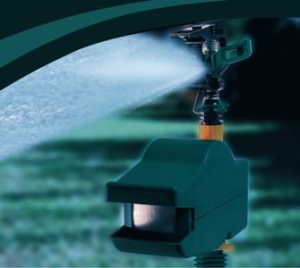
Cats hate water. Putting a sprinkler or automatic water sprayer in your garden will scare off cats without causing them harm. Water sprayers will prevent them from intruding in the first place, while sprayers will be activated in the same way as an ultrasonic device.
General Tips
Using a cat repellent shouldn’t be your only port-of-call. There are plenty of other steps you should take to strengthen whichever method you choose to use. For example:
You should always remove faeces as soon as possible to prevent the scent from lingering as cats will often go back to the same spot. In addition, cat poo can damage the quality of your soil and cause your grass and plants to die.
When a cat urinates, wash the affected area straight away with soapy water to prevent the smell from lingering. Once the area is clean and dry, spray a cat repellent to mask the smell. Even if you think it’s completely disappeared, cats will probably be able to smell it for days after.
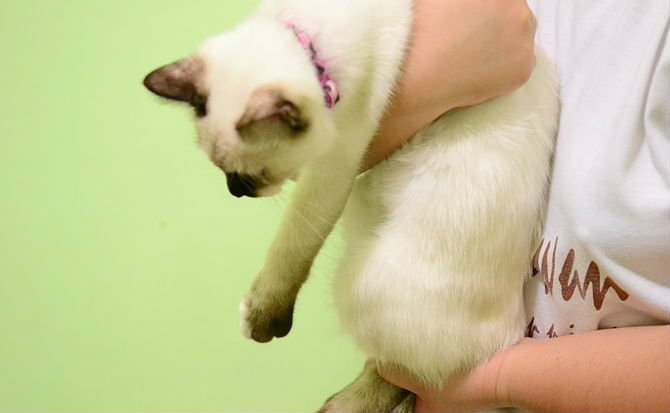
If you see a cat that’s about to go toilet in a forbidden area, pick it up and move it somewhere else. If you catch them repeatedly, they’ll simply stop using that area.
Although these tips won’t be enough to prevent cats from doing their business by themselves, they’ll certainly compliment your other repellent methods.
Legal Issues and Methods to Avoid
It’s always best to inform your neighbours if you are using a new form of cat repellent. Failure to inform them of your actions could result in arguments, or possibly even a lawsuit. Most cat owners will understand your frustration and recommend methods to you.
Never under any circumstances harm a cat. This includes hitting or pushing; using poison; and spraying them with hose pipes or pressure washers. This will not deter them as they won’t understand why you’re harming them. In addition, it could cause long-term physical and psychological damage.
The Dangers of Cat Faeces
When cats use your garden as their toilet it can be more than an annoyance. Cats carry a parasite named Toxoplasma Gondii. If this parasite is exposed to humans it can cause serious health issues such as vomiting, flu –like symptoms and muscle pains. These symptoms can last for several months and can be very dangerous if it’s passed on to pregnant women or children.
Unlike chicken and cow faeces, cat poo isn’t a natural fertilizer and is actually toxic. It can cause serious harm to your grass and plants and leave your soil infertile for a very long time – possibly even years. In addition, cats will often dig holes and leave their faeces inside, which not only makes it difficult to find and remove, but leaves the affected area looking very messy.










